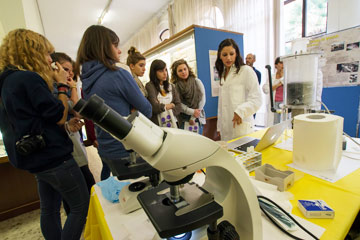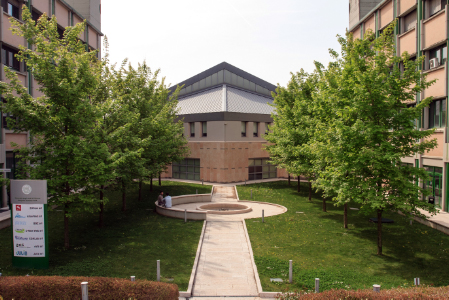Bile acid molecules are transferred vectorially between basolateral and apical membranes of hepatocytes and enterocytes in the context of the enterohepatic circulation, a process regulating whole body lipid homeostasis. This work addresses the role of the cytosolic lipid binding proteins in the intracellular transfer of bile acids between different membrane compartments. We present nuclear magnetic resonance (NMR) data describing the ternary system composed of the bile acid binding protein, bile acids, and membrane mimetic systems, such as anionic liposomes. This work provides evidence that the investigated liver bile acid binding protein undergoes association with the anionic membrane and binding-induced partial unfolding. The addition of the physiological ligand to the protein-liposome mixture is capable of modulating this interaction, shifting the equilibrium towards the free folded holo protein. An ensemble of NMR titration experiments, based on nitrogen-15 protein and ligand observation, confirm that the membrane and the ligand establish competing binding equilibria, modulating the cytoplasmic permeability of bile acids. These results support a mechanism of ligand binding and release controlled by the onset of a bile salt concentration gradient within the polarized cell. The location of a specific protein region interacting with liposomes is highlighted.







